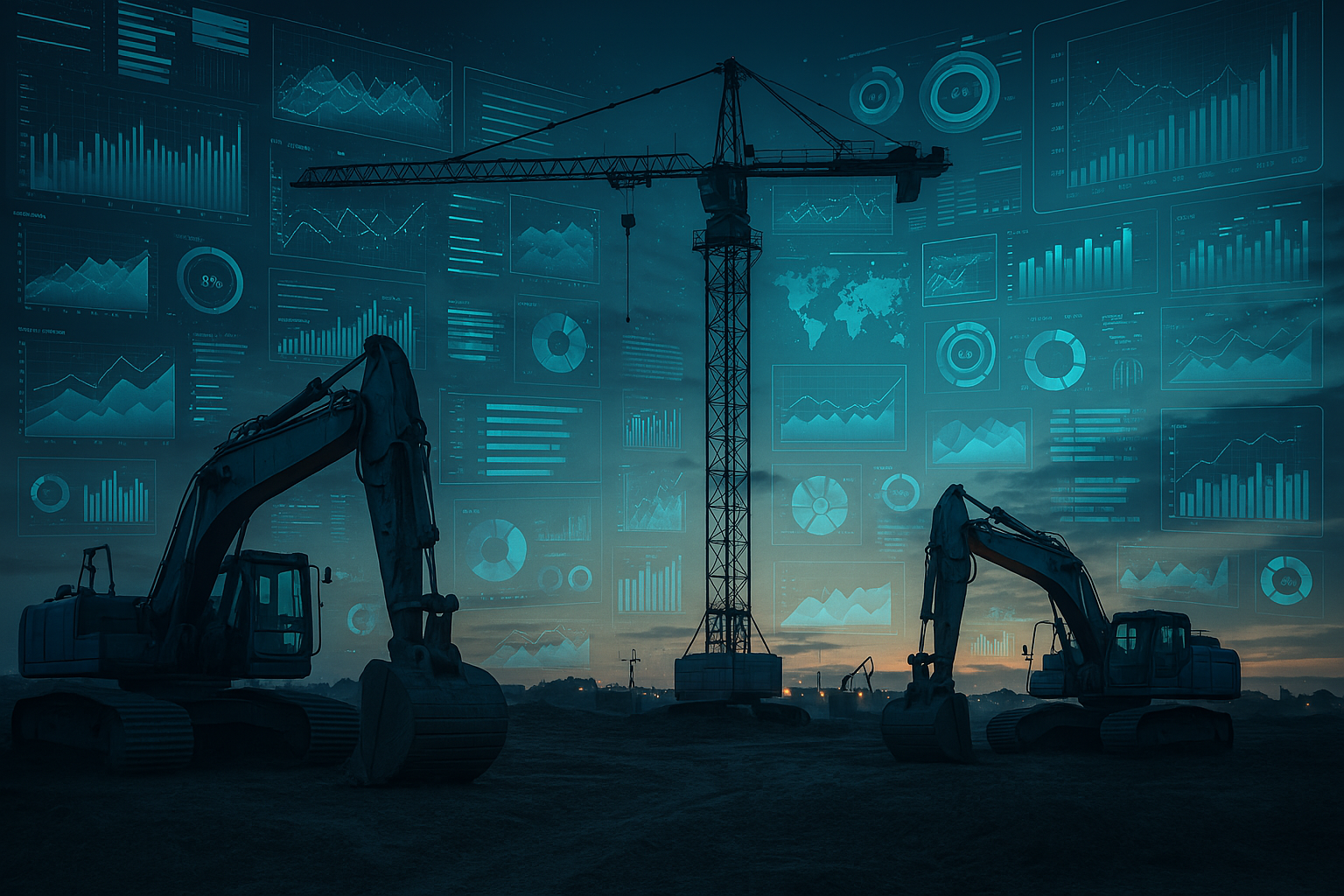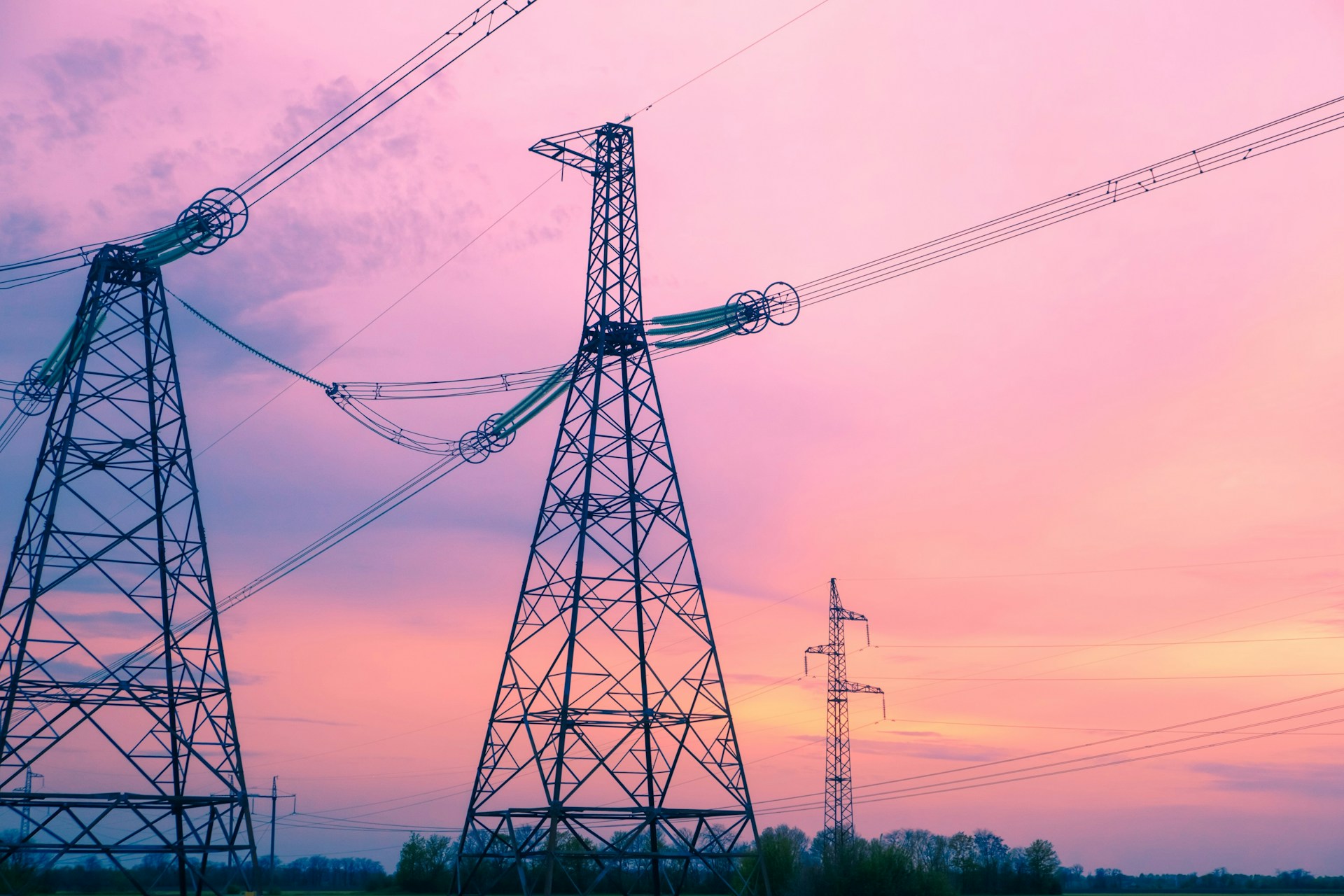Why Data Matters More Than Ever
Making the transition to zero-emission construction can feel challenging, especially when facing additional hurdles like grid congestion or local environmental regulations. Data can help you manage the risks these challenges present, making the transition smoother and more predictable. But how exactly?
Plan met vertrouwen
Imagine this scenario: You’re at the tender or planning stage of a project. Your client has requested zero-emission equipment specifically because the site is close to a national park. Your job is to assess the impacts of zero-emission construction. You’ll need to decide which equipment to use and how to ensure everything runs seamlessly.
Without accurate data, you’re essentially guessing—and guessing can quickly become expensive. Reliable data allows you to confidently select equipment that matches your energy demands precisely, preventing costly surprises and ensuring smooth operations from day one.
Reduce Operational Risk
Construction projects often run on tight margins and even tighter schedules. Real-time and historical data act as your project’s GPS, steering you clear of potential delays and budget pitfalls. For instance, knowing exactly when peak electricity demand occurs allows you to schedule activities efficiently, avoiding high tariffs and unnecessary downtime
Guide Strategic Investment
Suppose your company anticipates that public sector clients, such as municipalities or regional governments, will increasingly require zero-emission construction practices. Strategically, your company decides it would be beneficial to be an early adopter and invests in electric equipment.
But what type of electric equipment would have the greatest impact? Do you have insights into usage patterns and emissions data for different equipment types? Data becomes your trusted guide, enabling smarter investment decisions. Even if you’re not an early adopter, beginning to gather data now positions you well for the inevitable transition ahead.
Practical Data that Drives Success
You now understand data’s importance, but what specific types of data should you prioritize? Here’s a quick guide:
Predictive Energy Consumption Data
Predicting energy needs might sound complex, but it’s crucial. Accurate forecasting lets you avoid stressful and costly last-minute electrical upgrades. For example, knowing in advance when your site will demand higher energy consumption allows for smarter, cost-effective planning.
So, what data do you need exactly? Start by collecting grid connection data for your projects, enriched with key details like project type, project area, and equipment used. Usually, these details reside in separate company systems, so always store your energy data linked by project ID. This approach simplifies pulling together comprehensive data from multiple sources for easy analysis.
Equipment Performance Data
Not all zero-emission equipment performs equally. Data on power usage, efficiency, charging patterns, and emissions helps you select equipment that perfectly aligns with your project’s energy requirements, significantly reducing the risk of operational disruptions.
Grid and Infrastructure Data
Your zero-emission project doesn’t exist in isolation—it’s closely tied to local energy infrastructure. Understanding the local grid’s capacity can save you from costly delays or unexpected expenses. For example, early identification of grid limitations can prompt proactive investment in battery storage or onsite renewable energy, keeping your project on schedule.
The Risk of Ignoring Data
Neglecting comprehensive data isn’t merely inconvenient—it can seriously jeopardize your project’s success:
- Unexpected cost overruns due to inaccurate energy projections.
- Regulatory fines and project delays from compliance oversights.
- Inefficient resource allocation, undermining your sustainability objectives.
Ready to Lead the Way?
A data-driven approach isn’t just about managing risks; it’s about seizing opportunities to build smarter, faster, and greener. Our team is ready to partner with you, providing practical, actionable data insights to bring your zero-emission construction vision to life.
Don’t wait—contact us today, and let’s build a sustainable future together!


